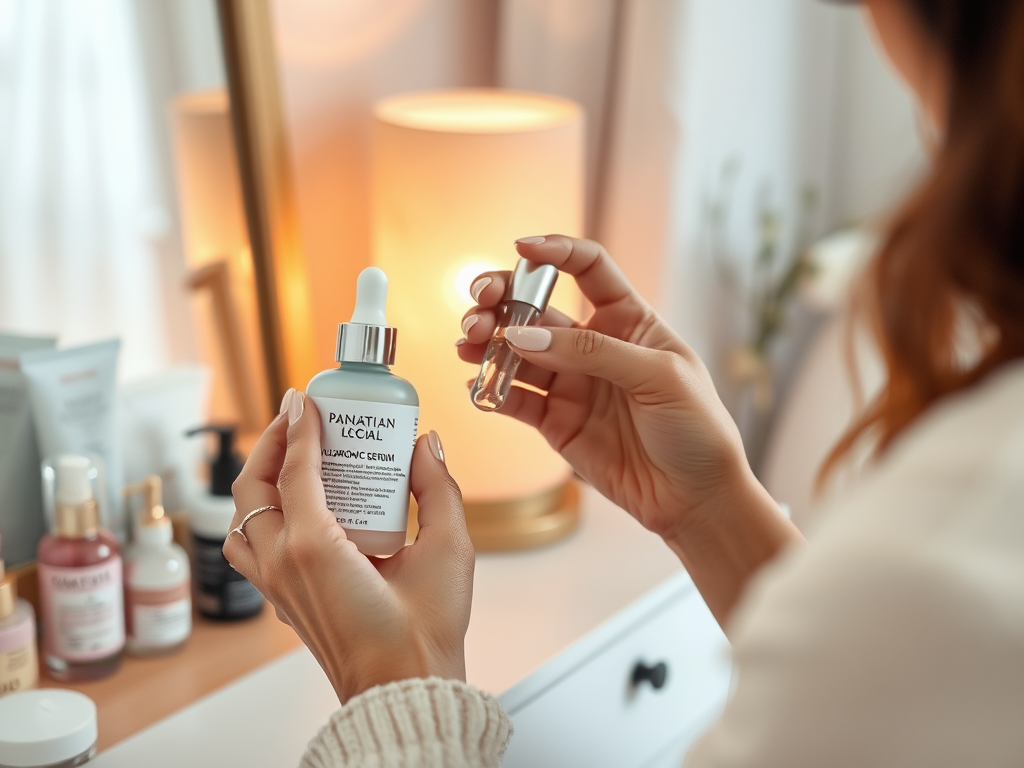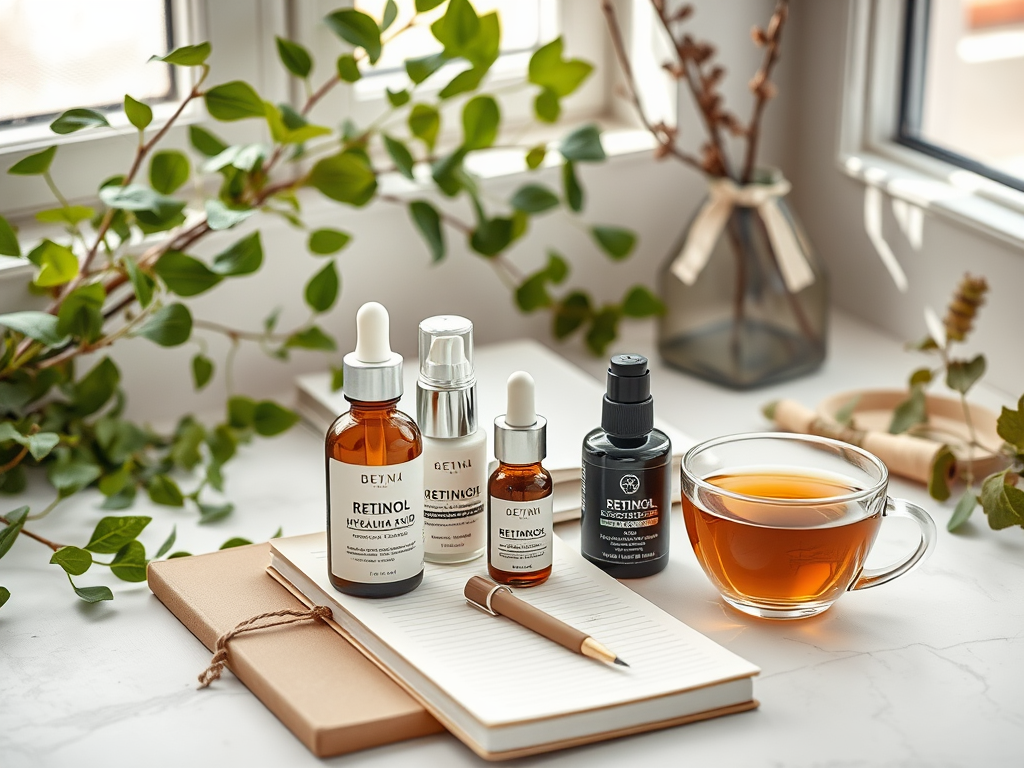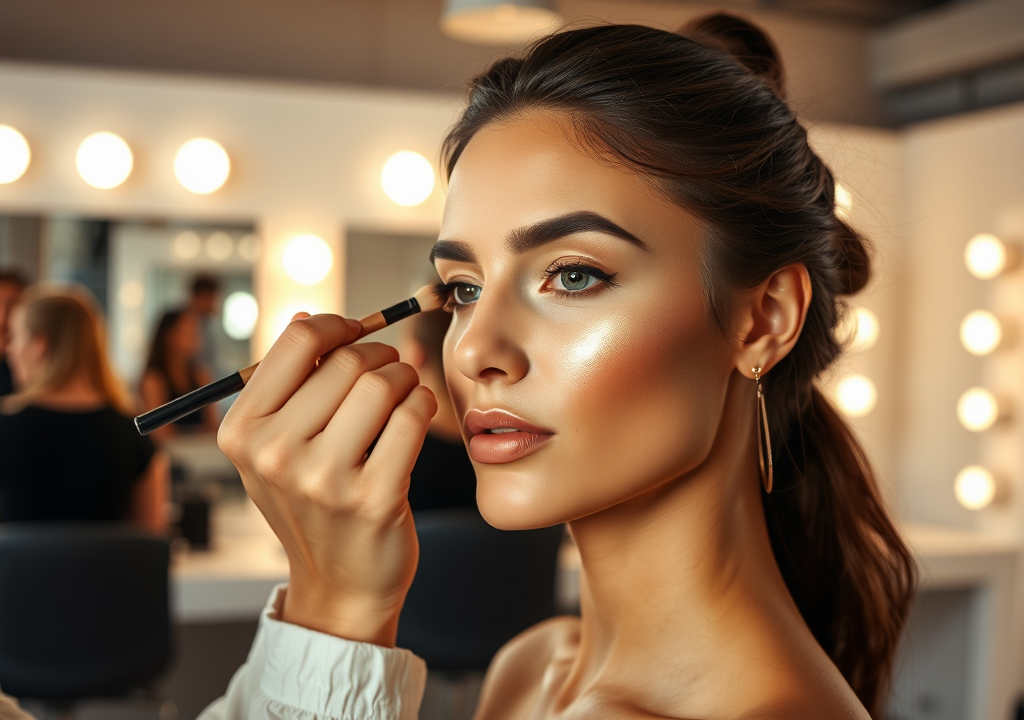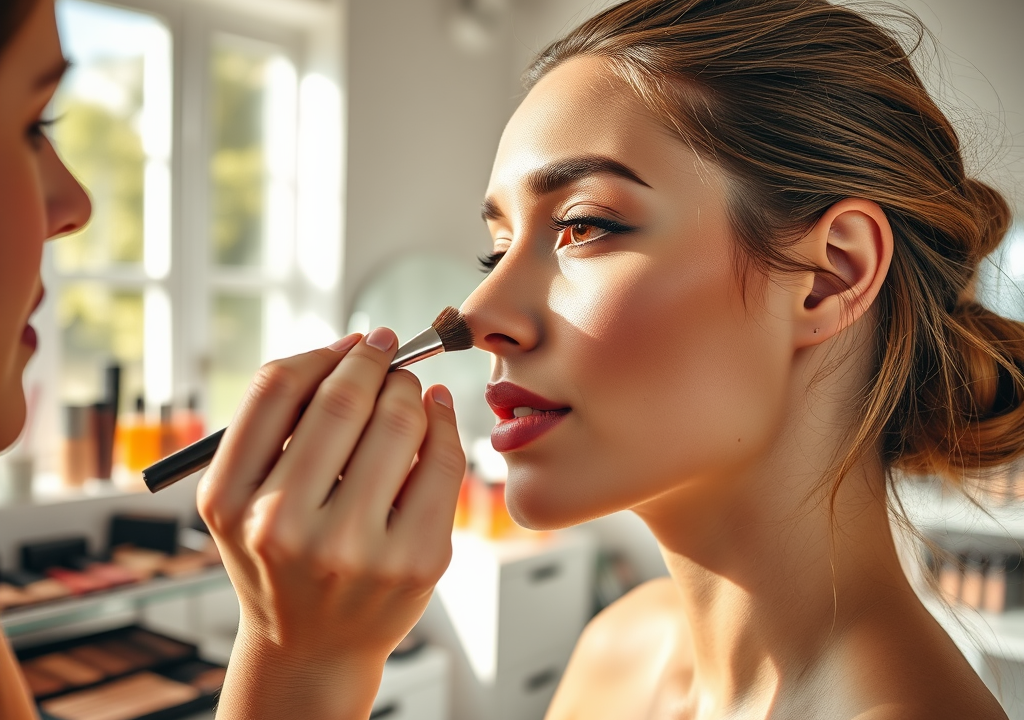Navigating the world of skincare can feel like walking through a maze, especially when it comes to combining potent ingredients like retinol and hyaluronic acid. These two superstars, when layered correctly, can deliver transformative results, unlocking the door to smoother, plumper, and more youthful-looking skin. Yet, the route to achieving this beauty goal is not without its pitfalls. Many users often find themselves puzzled by how to incorporate these products into their daily regimen without causing irritation or compromising their effectiveness. This article dives deep into the dos and don’ts of effectively layering retinol and hyaluronic acid, ensuring you reap the rewards while avoiding common mistakes. By understanding the properties and functions of each ingredient, you can design a skincare routine that not only meets your individual needs but also enhances your skin’s overall health.
Understanding Retinol and Hyaluronic Acid

Retinol, a derivative of vitamin A, is one of the most revered ingredients in the beauty industry. It works diligently to promote cell turnover, minimizes the appearance of fine lines and wrinkles, and improves your skin’s texture over time. When used correctly, it can dramatically change your complexion, making it look brighter and more youthful. However, as effective as it may be, retinol can also lead to dryness and irritation if overused or misapplied. That’s where understanding its benefits becomes crucial. Knowing how to layer it with other ingredients, like hyaluronic acid, can make all the difference.
Hyaluronic acid, on the other hand, is a powerhouse hydrating agent that can hold up to 1,000 times its weight in water. This means it’s excellent for attracting moisture to the skin, providing that dewy, plump look that many seek. Not only does it help keep the skin hydrated, but it also aids in maintaining skin elasticity and barrier function. While hyaluronic acid is generally well-tolerated, layering it incorrectly with retinol can lead to a less than desirable outcome, including irritation or diminished effectiveness. The key lies in understanding how these two ingredients interact with one another.
The Importance of Layering

Layering skincare products correctly can amplify their benefits, but knowing how to combine them effectively is essential to achieving your desired results. Having a solid routine allows your skin to absorb the nutrients and stay hydrated while still benefiting from the retinol. Many people underestimate the value of layering and may even skip fundamental steps that prevent their skin from getting the care it deserves. As with any skincare regimen, attention to detail is paramount. Let’s delve into the ways you can layer these two standout ingredients for maximum impact.
Dos of Layering Retinol and Hyaluronic Acid
When using both retinol and hyaluronic acid in your skincare routine, adhering to certain guidelines can significantly enhance your results.
- Choose the Right Formulations: Opt for serums or creams that contain retinol and hyaluronic acid without irritating additives. Look for formulations designed specifically for layering to ensure compatibility.
- Apply in the Correct Order: Start with retinol and follow with hyaluronic acid. This application order allows retinol to penetrate the skin first, while hyaluronic acid seals in the moisture afterwards.
- Monitor Skin Response: Keep a close eye on how your skin reacts after introducing these ingredients. If irritation occurs, consider adjusting the frequency of retinol application.
| Product Type | Key Benefits | Usage Tips |
|---|---|---|
| Retinol | Reduces fine lines, improves texture, promotes cell turnover | Use 2-3 times a week, apply at night |
| Hyaluronic Acid | Hydrates, plumps skin, enhances elasticity | Can be used daily, layer after retinol |
Don’ts of Layering Retinol and Hyaluronic Acid
Missteps in your application technique can diminish the efficacy of these ingredients or cause skin irritation, which is the last thing anyone wants in their skincare journey.
- Avoid Overusing Retinol: Using retinol too frequently can lead to dryness and irritation. Instead, start with a couple of times a week and evaluate your skin’s tolerance before increasing usage.
- Don’t Skip Sun Protection: Retinol can make your skin more sensitive to sunlight. Always apply SPF during the day if you’re using retinol at night to prevent any sun damage.
- Avoid Layering with Other Active Ingredients: Combining retinol with multiple acids or actives can overwhelm the skin. Stick to a simple routine when starting with these products
Conclusion
Layering retinol and hyaluronic acid can significantly enhance your skincare routine when done correctly. Understanding the dos and don’ts will help you maximize the benefits while minimizing potential irritation. By following the guidance laid out in this article, you can enjoy the transformative effects of these ingredients without the common pitfalls. Your journey to healthier, more radiant skin may require patience, but with the right approach, the results can be truly rewarding. So, whether you are just starting with retinol or are a seasoned user, keep these tips in mind as you continue to develop your skincare routine.
Frequently Asked Questions
- Can I use retinol and hyaluronic acid every night? No, it’s best to start with retinol a couple of times a week and gradually increase usage, while hyaluronic acid can be applied daily.
- What should I do if my skin feels irritated after using retinol? Reduce the frequency of use and ensure you’re applying a moisturizer afterward to soothe your skin.
- Do I need to let each product absorb before applying the next? Yes, allowing a minute or two for the retinol to absorb before applying hyaluronic acid can enhance its effectiveness.
- Is it safe to use retinol during the day? It is not recommended, as retinol increases sun sensitivity. Instead, apply it at night and use SPF during the day.
- Can I mix retinol with other skincare ingredients? Some combinations can be effective, but avoid mixing with other strong actives to prevent irritation.





